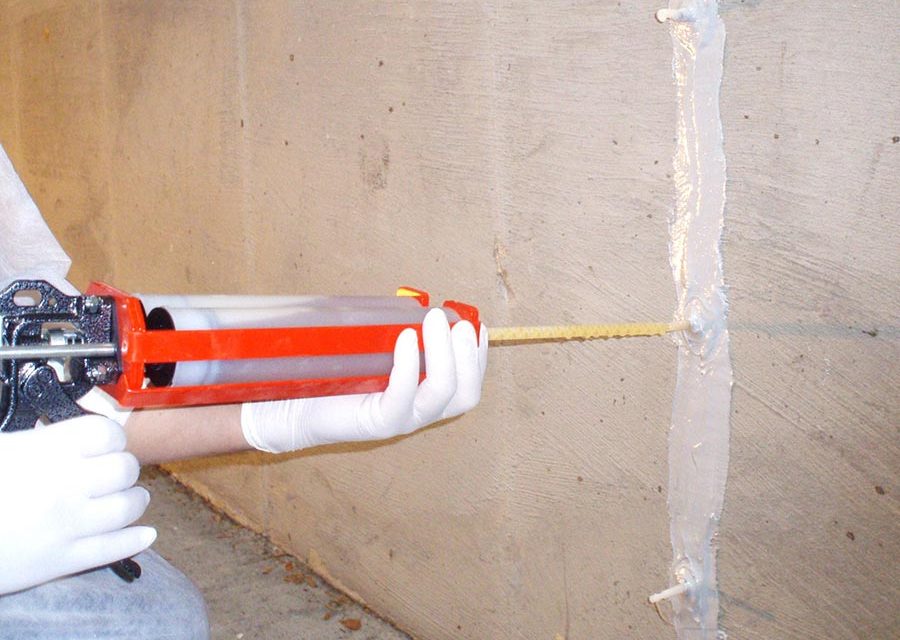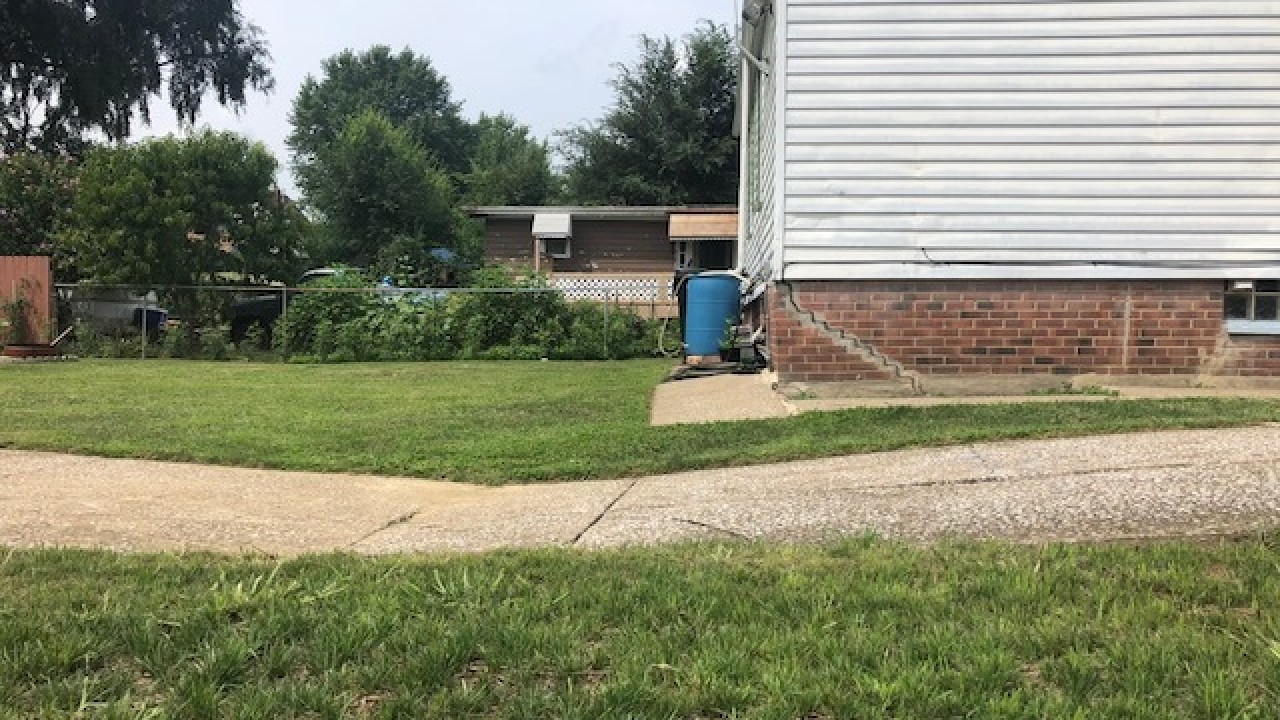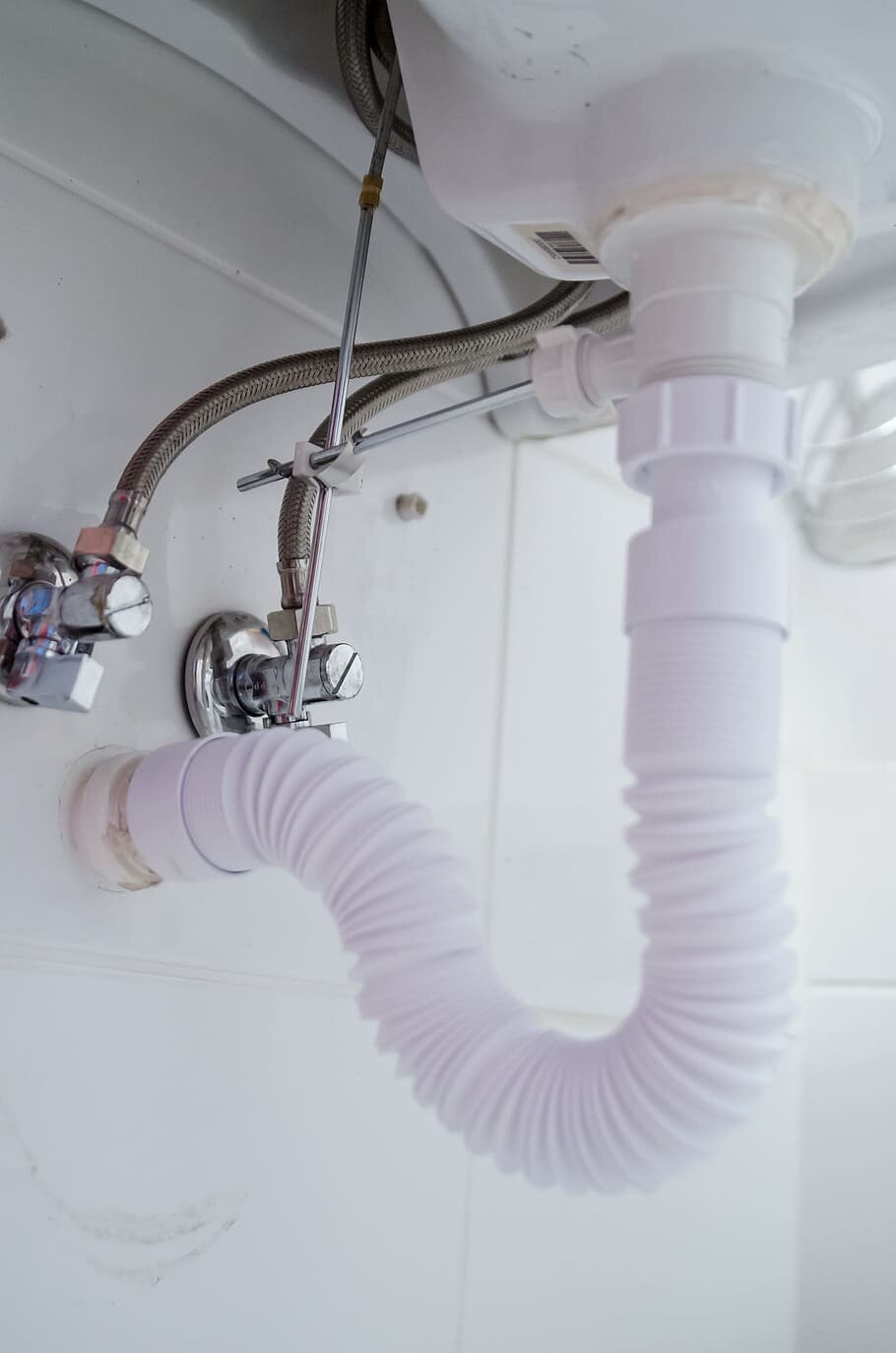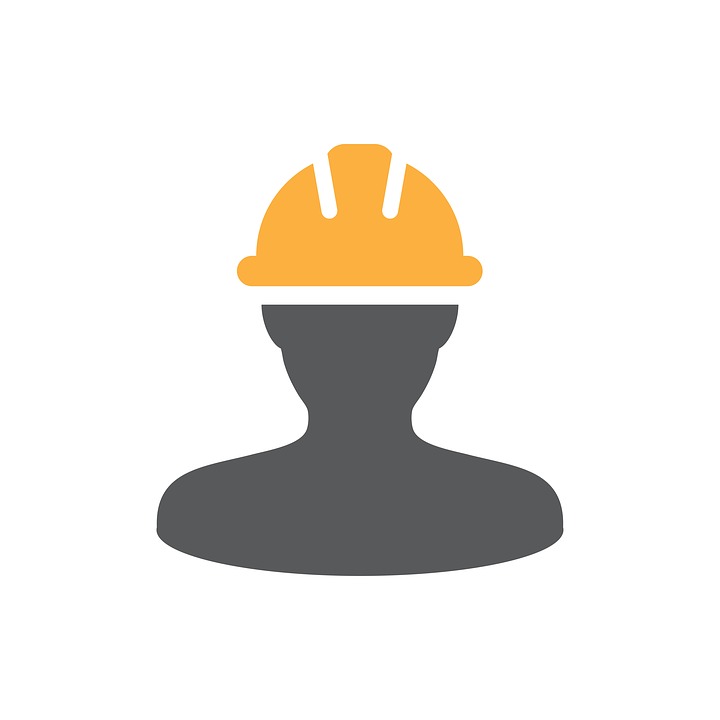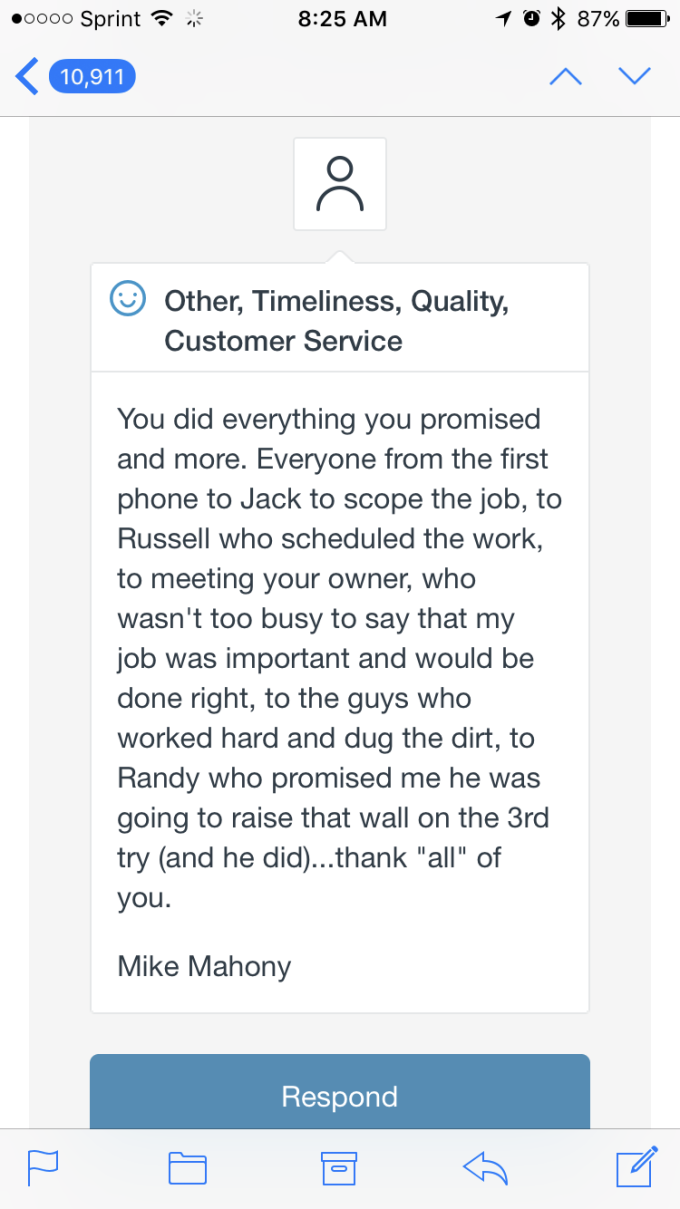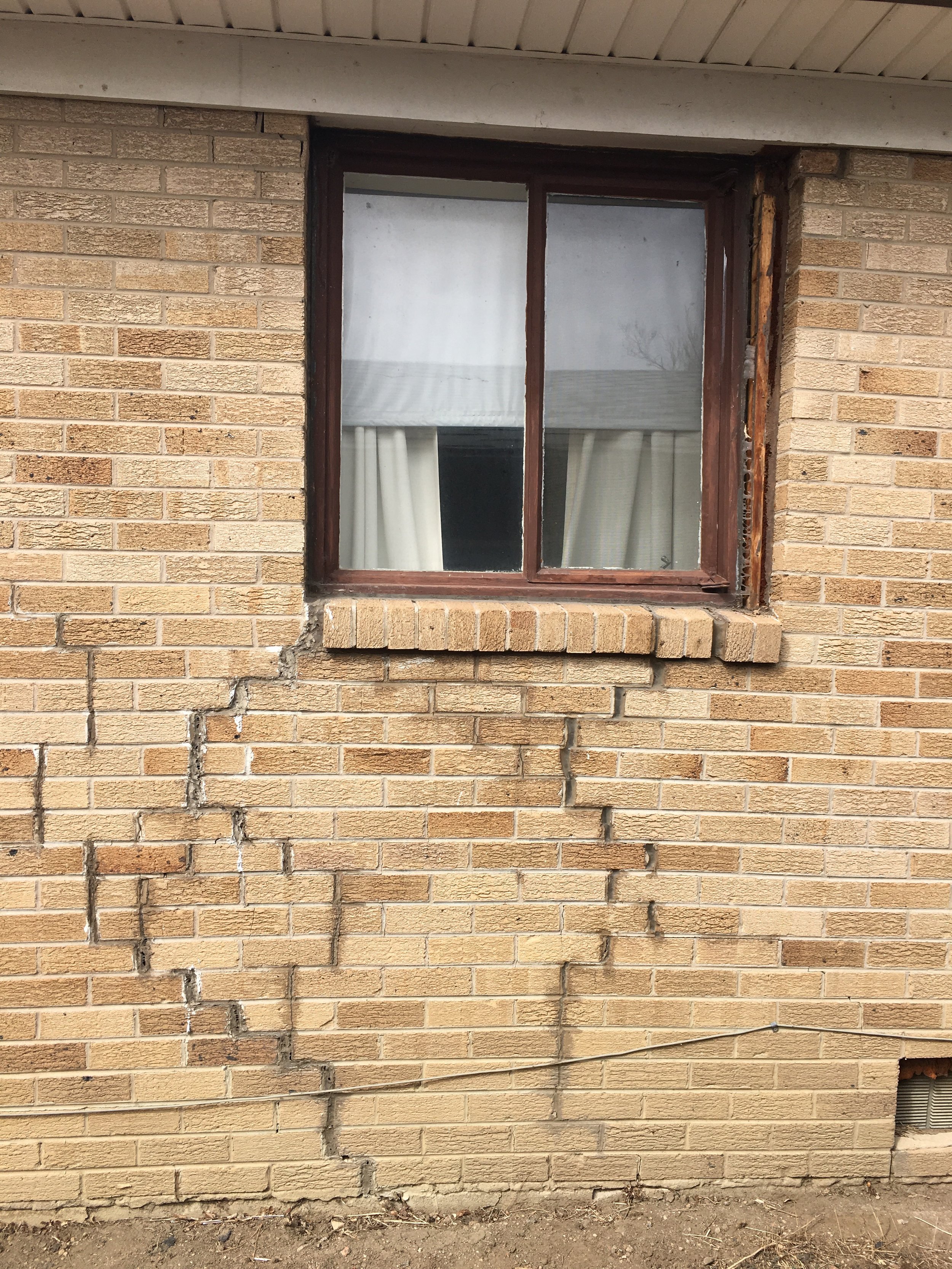11 Best Foundation Repair Methods
Explore The 11 Best Foundation Repair Methods For Your Foundation Damage.
Guide to Foundation Repair Methods
Foundation issues can arise for various reasons, from soil movement to structural deterioration. When it comes to addressing these issues, there's no one-size-fits-all solution. Different situations call for different repair methods, each with its own set of advantages and limitations. In this comprehensive guide, we explore the 11 best foundation repair methods available today. Whether you're dealing with cracks, settling, or other forms of foundation damage, understanding these methods can empower you to make the right choice for your property's stability and longevity. So let's dive in and uncover the pros and cons of each method to help you navigate the complexities of foundation repair with confidence.
1. Concrete Piering:
Concrete piering, also known as underpinning, is a popular method used to stabilize and support foundations that have settled or shifted due to soil movement or other factors. This technique involves the installation of concrete piers beneath the foundation footings to transfer the structural load to deeper, more stable soil layers. Concrete piering is often preferred for its durability and long-term effectiveness in providing structural support to residential and commercial buildings.
Typical Cost: Concrete piering typically costs between $1,000 to $3,000 per pier, with total expenses ranging from $5,000 to $15,000 for a standard residential foundation.
Pros:
Durability: Offers long-lasting stability for foundations.
Effectiveness: Successfully transfers structural loads to stable soil.
Versatility: Suitable for various foundation types and soil conditions.
Minimal Disruption: Involves minimal excavation and landscape disturbance.
Cons:
Cost: Can be more expensive compared to other methods.
Time-Consuming: Installation process may take longer.
Potential Property Damage: May cause minor damage to nearby structures.
2. Steel Piers:
Steel piers, also referred to as push piers or resistance piers, are structural elements used to support and stabilize foundations that have experienced settlement or movement. These piers are typically made of high-strength steel and are driven into the ground beneath the foundation until they reach load-bearing strata. Steel piers are known for their exceptional load-bearing capacity and resistance to corrosion, making them a reliable choice for foundation repair projects.
Typical Cost: The average cost for steel pier installation ranges from $1,000 to $3,000 per pier, with total expenses varying based on the number of piers needed and the extent of foundation damage.
Pros:
High Load-Bearing Capacity: Provides robust support for foundations.
Corrosion Resistance: Resistant to rust and degradation, ensuring long-term stability.
Adjustable: Allows for precise adjustment to lift and level the foundation.
Minimal Excavation: Requires minimal disturbance to the surrounding landscape.
Cons:
Cost: Installation costs can be higher compared to other methods.
Potential Noise and Vibration: May cause noise and vibration during installation.
Limited Depth: Depth of installation may be limited by soil conditions.
Requires Professional Installation: Installation should be carried out by trained professionals.
3. Helical Piers:
Helical piers, also known as screw piles or helical anchors, are a versatile foundation repair solution commonly used to support structures on unstable soil or fill. These piers feature helical plates welded to steel shafts, which are twisted into the ground using hydraulic machinery. Helical piers derive their stability from the surrounding soil and are suitable for both new construction and foundation repair projects, offering a cost-effective and efficient solution for addressing settlement issues.
Typical Cost: The average cost for helical pier installation ranges from $1000 to $1500 per pier, with total expenses varying based on the number of piers needed and the extent of foundation damage.
Pros:
Versatility: Suitable for various soil conditions and foundation types.
Minimal Disturbance: Installation requires minimal excavation and disruption to the site.
Immediate Load Transfer: Can bear weight immediately after installation.
Adjustable: Allows for precise adjustment to lift and level the foundation.
Environmentally Friendly: Does not require extensive digging, minimizing environmental impact.
Cons:
Depth Limitation: May be limited by the depth of competent load-bearing strata.
Potential for Obstructions: Obstructions underground may hinder installation.
Initial Cost: Upfront costs can be higher compared to some other methods.
Soil Condition Dependency: Effectiveness depends on the condition and stability of the surrounding soil.
4. Polyurethane Foam Injection:
Polyurethane foam injection, also known as foam jacking or poly leveling, is a method used to lift and stabilize concrete slabs that have settled or sunk due to soil erosion or compaction. This process involves injecting expanding polyurethane foam beneath the slab through small holes drilled in the affected area. As the foam expands, it fills voids, lifts the slab, and compacts loose soil, providing support and stability to the concrete surface. Polyurethane foam injection is commonly used for repairing sidewalks, driveways, and other concrete structures, offering a fast and durable solution for addressing settlement issues.
Typical Cost: The cost of polyurethane foam injection varies depending on factors such as the size of the affected area, the extent of settlement, and the type of foam used. On average, homeowners can expect to pay between $5 and $10 per square foot.
Pros:
Quick Installation: Repairs can often be completed in a matter of hours, minimizing downtime and disruption.
Minimal Disruption: Requires small injection holes and minimal excavation, preserving landscaping and property.
Lightweight Material: Polyurethane foam is lightweight yet strong, providing durable support without adding significant weight to the structure.
Water-resistant: Resistant to water and moisture, preventing future settlement due to soil erosion or saturation.
Long-lasting Results: Provides stable and durable support for concrete slabs, reducing the likelihood of future settlement.
Cons:
Cost: Depending on the size of the project and the type of foam used, costs can add up, especially for larger areas.
Potential for Over-expansion: Improper injection or excessive foam expansion may lead to unintended damage or uplift of structures.
Limited Effectiveness for Large Settlement: Polyurethane foam injection may not be suitable for addressing significant settlement issues or structural damage.
Environmental Impact: Some foam formulations may contain chemicals that can impact the environment if not handled and disposed of properly.
Skill Requirement: Proper application requires specialized equipment and expertise, necessitating professional installation.
5. Concrete Leveling:
Concrete leveling, also known as slab leveling or mud pumping, is a technique used to restore the evenness and stability of sunken or uneven concrete surfaces. This process typically involves drilling small holes in the affected concrete and injecting a specialized grout mixture beneath the slab to raise it to the desired height. Concrete leveling is commonly used for repairing uneven sidewalks, patios, and garage floors, offering a fast and efficient solution for addressing surface irregularities.
Typical Cost: The average cost for concrete leveling ranges from $3 to $5 per square foot, depending on the size of the area and the extent of the unevenness.
Pros:
Cost-Effective: Generally more affordable than full slab replacement.
Fast and Efficient: Repairs can often be completed in a matter of hours, minimizing downtime.
Minimal Disruption: Requires minimal disturbance to the surrounding area.
Versatile: Suitable for a variety of concrete surfaces, including sidewalks, patios, and garage floors.
Long-Lasting Results: Provides durable and stable support once the concrete is leveled.
Cons:
Limited Effectiveness: May not be suitable for severe settlement or structural issues.
Potential for Future Settlement: Depending on soil conditions, future settlement may occur.
Appearance: While the concrete is leveled, the appearance may not be perfect compared to a new slab.
Environmental Impact: The grout material used may contain chemicals that can impact the environment if not handled properly.
Requires Professional Expertise: Proper equipment and expertise are necessary for accurate leveling and injection of grout.
6. Epoxy Injection:
Epoxy injection is a method used to repair cracks in concrete foundations and structures by filling them with epoxy resin. This process involves injecting epoxy directly into the cracks under pressure, which allows it to penetrate deep into the concrete and bond with the surrounding material. Epoxy injection not only seals the cracks but also restores the structural integrity of the concrete by providing additional reinforcement. This method is effective for repairing both horizontal and vertical cracks and is commonly used in situations where traditional repair methods may not be feasible or cost-effective.
Typical Cost: The cost of epoxy injection can vary widely depending on the extent and severity of the cracks, ranging from $200 to $2,000 or more for professional services.
Pros:
Structural Reinforcement: Strengthens and stabilizes the concrete by bonding with the surrounding material.
Versatility: Effective for repairing a wide range of crack sizes and orientations, including both horizontal and vertical cracks.
Durability: Provides long-lasting repair results with minimal maintenance required.
Prevents Water Intrusion: Seals cracks effectively, preventing moisture infiltration and further damage.
Minimal Disruption: Requires minimal excavation and disruption to the surrounding area, making it suitable for interior and exterior applications.
Cons:
Cost: Professional epoxy injection services can be relatively expensive, especially for extensive crack repair projects.
Skill Requirement: Proper application requires specialized equipment and expertise, making it essential to hire experienced professionals.
Limited Effectiveness for Structural Issues: While effective for crack repair, epoxy injection may not address underlying structural issues causing the cracks.
Cure Time: Depending on the epoxy formulation and environmental conditions, curing time may be required before full structural integrity is restored.
Surface Appearance: The repaired cracks may be visible on the surface, affecting the aesthetic appearance of the concrete.
7. Mudjacking:
Mudjacking, also known as pressure grouting or slab lifting, is a technique used to raise and level sunken or uneven concrete slabs by injecting a mixture of cement, soil, and water beneath the slab. This process involves drilling small holes in the affected concrete and pumping the mud-like mixture beneath the slab to lift it to the desired height. Mudjacking is commonly used for repairing sidewalks, driveways, and other concrete surfaces, offering a cost-effective and durable solution for addressing minor settlement issues.
Typical Cost: Mudjacking typically costs between $500 and $1,500, depending on the size and complexity of the project.
Pros:
Cost-Effective: Mudjacking is often more affordable than replacing the concrete slab entirely, making it a budget-friendly option for homeowners.
Quick Process: The mudjacking process is relatively fast compared to other repair methods, with minimal disruption to the surrounding area.
Durability: The injected mixture provides a stable and long-lasting solution, restoring the structural integrity of the concrete slab.
Versatility: Suitable for a wide range of applications, including sidewalks, driveways, garage floors, and patios.
Environmentally Friendly: The materials used in mudjacking are non-toxic and environmentally safe, minimizing the impact on the surrounding ecosystem.
Cons:
Limited Effectiveness for Large Settlement: While effective for minor settlement issues, mudjacking may not be suitable for significant foundation settlement problems.
Potential for Future Settling: In some cases, the underlying soil conditions may cause the concrete to settle again over time, requiring additional repairs.
Appearance: The patched holes used for injecting the mud mixture may be visible on the surface, affecting the aesthetic appearance of the concrete.
Weight Limitations: Mudjacking may not be suitable for heavily loaded areas or structures with extensive structural damage.
Curing Time: Depending on the mixture used and environmental factors, curing time may be required before the repaired slab can be fully utilized.
8. Carbon Fiber Straps:
Carbon fiber straps, also known as carbon fiber reinforcement or CFRP (carbon fiber reinforced polymer), are used to strengthen and stabilize concrete structures that have experienced cracking or deformation. These straps are made of high-strength carbon fibers embedded in a polymer matrix, providing excellent tensile strength and flexibility. Carbon fiber straps are typically applied to the surface of concrete walls or slabs using an epoxy adhesive, forming a strong bond that helps distribute structural loads and prevent further movement or cracking.
Typical Cost: The cost of carbon fiber strap installation can range from $500 to $1,500 per strip, depending on the size and complexity of the project.
Pros:
High Strength: Offers exceptional tensile strength for reinforcing concrete structures.
Lightweight: Reduces added load on the structure and simplifies installation.
Minimal Disruption: Non-invasive installation minimizes property disruption.
Low Profile: Maintains the aesthetic appeal of the structure.
Corrosion Resistance: Resists corrosion for long-term durability.
Cons:
Cost: Higher upfront cost compared to traditional methods.
Surface Preparation: Requires proper surface preparation for effective bonding.
Limited Flexibility: May not address all structural issues.
Professional Installation: Requires expertise and specialized equipment.
Temperature Sensitivity: Performance may be affected by extreme temperatures.
9. Wall Anchors:
Wall anchors, also referred to as wall tiebacks or earth anchors, are structural devices used to stabilize and reinforce retaining walls, basement walls, and other vertical structures that are experiencing outward movement or bowing. These anchors consist of a steel rod or cable installed horizontally through the wall and anchored to the soil or bedrock beyond. Wall anchors work by transferring lateral forces from the wall to the surrounding soil or rock, preventing further movement and providing long-term stability.
Typical Cost: The cost of wall anchor installation varies depending on factors such as the number of anchors needed, the depth of the soil, and the extent of the wall's damage. On average, homeowners can expect to pay between $400 and $800 per anchor installed.
Pros:
Effective for stabilizing and reinforcing retaining walls, basement walls, and other vertical structures.
Helps prevent further movement and bowing of the wall.
Provides long-term stability and structural support.
Installation process is relatively quick and minimally invasive compared to some other methods.
Cons:
Cost can vary widely depending on the extent of the damage and the number of anchors required.
Requires access to the exterior of the wall for installation, which may not always be feasible.
May not be suitable for all types of soil conditions or wall configurations.
Appearance of exterior walls may be affected by the presence of visible anchor plates.
10. Underpinning:
Underpinning is a method used to strengthen and stabilize existing foundations by extending them to a deeper level or transferring loads to more stable soil or bedrock. This process involves excavating soil beneath the existing foundation and installing additional support, such as concrete or steel piers, to provide increased bearing capacity and prevent settlement. Underpinning is commonly used in situations where the original foundation is inadequate or has been compromised due to soil movement, water infiltration, or structural damage.
Typical Cost: The cost of underpinning can vary significantly depending on factors such as the size of the structure, the depth of excavation required, and the materials used for reinforcement. On average, homeowners can expect to pay between $1,000 and $4,000 per pier, with total project costs ranging from $10,000 to $30,000 or more.
Pros:
Effectively strengthens and stabilizes existing foundations, preventing further settlement or structural damage.
Provides increased bearing capacity, allowing the foundation to support heavier loads.
Can be customized to address specific soil conditions and structural requirements.
Long-lasting solution that enhances the overall stability and structural integrity of the building.
Cons:
Requires significant excavation work, which can disrupt landscaping and may increase project costs.
Installation process can be time-consuming and labor-intensive, leading to longer project timelines.
May necessitate temporary relocation or reinforcement of existing structures during construction.
Cost can be relatively high compared to some other foundation repair methods.
11. Waterproofing:
Waterproofing is a preventive measure used to protect foundations and structures from water damage and moisture intrusion. This method involves applying various waterproofing materials, such as coatings, membranes, or sealants, to surfaces exposed to groundwater or surface water. Waterproofing helps to create a barrier against water penetration, preventing issues such as basement flooding, mold growth, and deterioration of building materials. Additionally, proper waterproofing can extend the lifespan of foundations and structural components by reducing the risk of water-related damage and deterioration.
Typical Cost: Waterproofing costs vary based on factors like area size, material type, and preparation needs. Prices typically range from $3 to $9 per square foot, totaling between $1,500 to $15,000 or more.
Pros:
Protects foundations and structures from water damage and moisture intrusion, preventing issues such as basement flooding and mold growth.
Extends the lifespan of foundations and structural components by reducing the risk of water-related deterioration.
Helps maintain a dry and healthy indoor environment, improving overall indoor air quality and comfort.
Can be customized to address specific waterproofing needs and conditions, ensuring long-lasting protection against water intrusion.
Cons:
Requires thorough surface preparation and proper application techniques to ensure effective waterproofing, which may increase labor and material costs.
May need periodic maintenance and reapplication to maintain optimal performance and effectiveness.
In some cases, waterproofing materials or techniques may not be suitable for certain foundation types or soil conditions.
Cost can vary depending on the scope of work and the complexity of the waterproofing project.
Experiencing Foundation Damage?
Explore our range of foundation repair solutions or schedule a free evaluation with our expert team today. Don't wait until foundation issues escalate—take proactive steps towards a secure and durable foundation now!
Foundation Repair FAQ’s:
-
Look out for signs such as cracks in the walls, floors, or foundation itself, uneven or sloping floors, doors or windows that stick or don't close properly, and gaps between walls and ceilings. If you notice any of these indicators, it's advisable to seek a professional evaluation.
-
No, different foundation problems require different repair methods. Factors such as the type of soil, severity of the damage, and the structure's design will determine the most appropriate repair technique.
-
The duration of foundation repair varies depending on factors such as the chosen repair method, the extent of the damage, and the size of the structure. Minor repairs may be completed in a few days, while more extensive repairs could take several weeks.
-
Addressing foundation issues can improve the structural integrity and stability of your property, which may positively impact its value. Additionally, having documentation of completed repairs can provide reassurance to potential buyers during real estate transactions. However, the extent of the impact on property value will depend on various factors, including the severity of the damage and the local real estate market.
-
Regular maintenance, such as ensuring proper drainage away from the foundation, maintaining consistent moisture levels in the soil, and addressing plumbing leaks promptly, can help prevent foundation issues. Additionally, monitoring for signs of foundation problems and addressing them promptly can help mitigate damage and prevent further deterioration.



